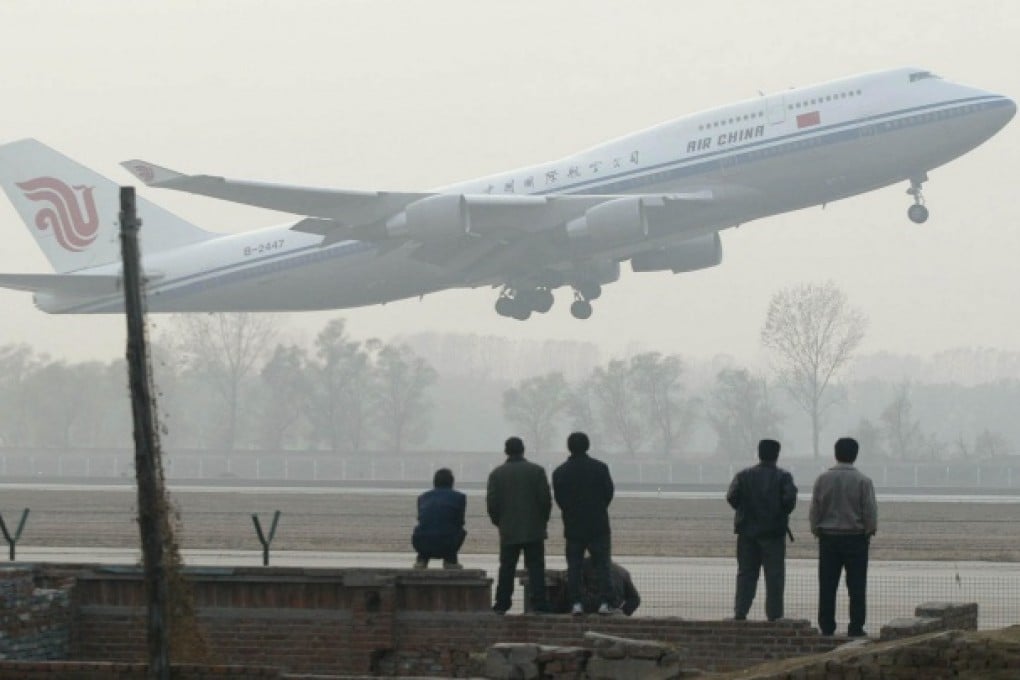Expanding carriers seek more space over Chinese skies
Civil aviation a is rationed a meagre slice of the mainland's air corridors, with military curbs worsening the congestion as carriers expand

China's skies do not have enough space. The country's air force controls airspace and allots only 20 per cent to civil aviation. With the mainland's three biggest airlines planning to add at least 273 planes in the next three years, traffic congestion that already delays 25 per cent of flights is set to worsen.

Air China, China Eastern Airlines, and China Southern Airlines have expanded their fleets as economic growth spurs air travel demand in the world's most populous nation. The country is expected to have 4,200 commercial aircraft in 2020, compared with the current fleet of 2,001 with 46 airlines, Li said.
Civil aviation uses about a fifth of available routes of the nation's total airspace, according to Shi Boli, who heads the department of Air Transportation Regulation at CAAC. The military controls about 52 per cent of airspace in the more densely populated east, according to a report by the official China News Service in June 2011. "We are working hard and the military is also trying to improve the management of airspace," Shi said. "But, it could take some time to achieve some improvement."
In the United States, military restrictions do not have much impact on civilian aviation because its airways tend to be in desert regions or over oceans, far away from the busy airport hubs in cities such as New York, said Kevin Hiatt, president of the Virginia-based Flight Safety Foundation. The military has also allowed its airspace to be used by civilian flights on occasions such as busy holiday periods, he said.
Airspace over Europe is managed as a single unit and segregated on a "dynamic basis according to the needs of users", air traffic supervisory agency Eurocontrol said. In general, areas will only be reserved for military use at certain times and at certain altitudes.
The on-time performance rate of mainland airlines was about 74.5 per cent last year, Shi said. In the US, 82 per cent of the flights arrived on time last year, the Bureau of Transportation statistics said.